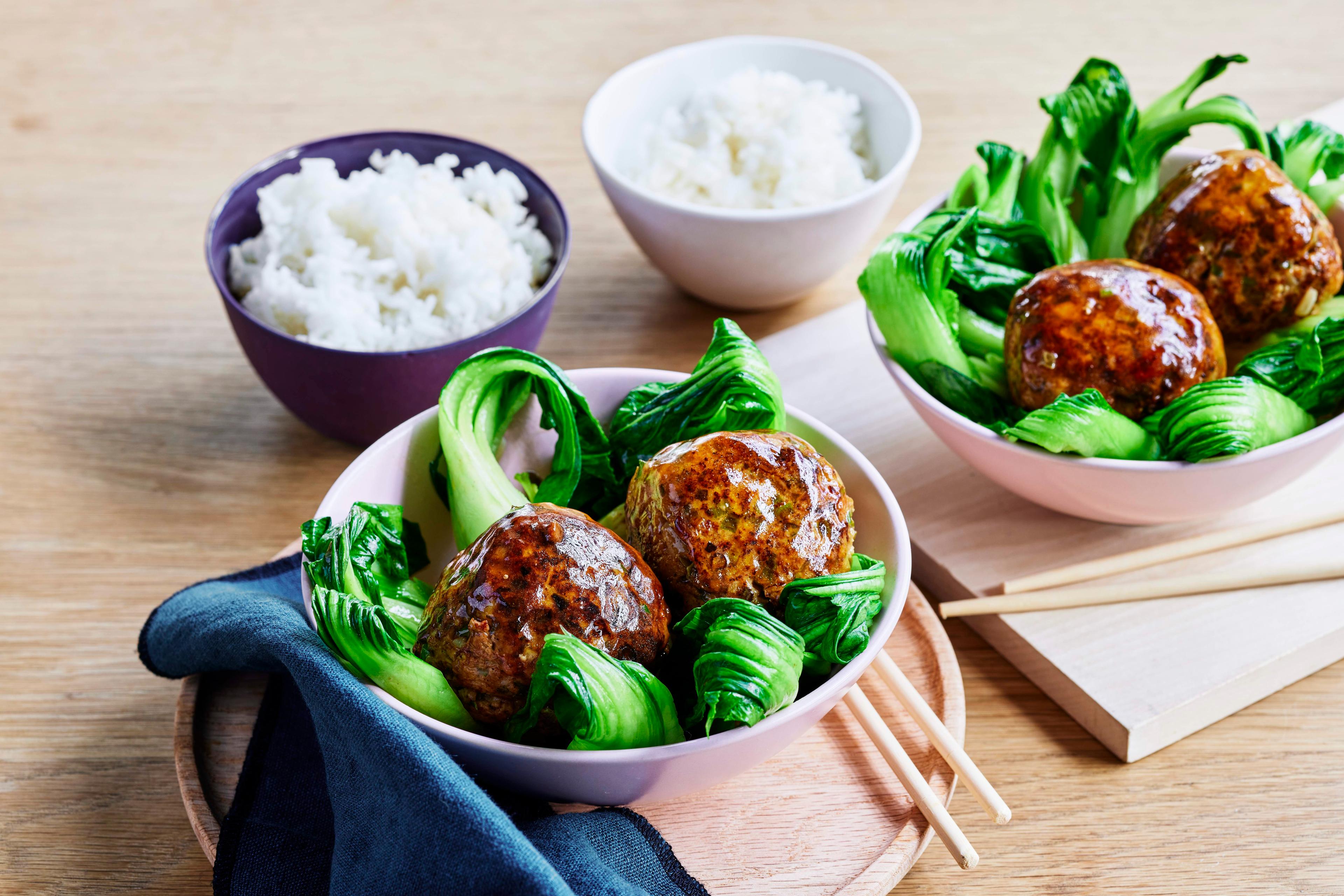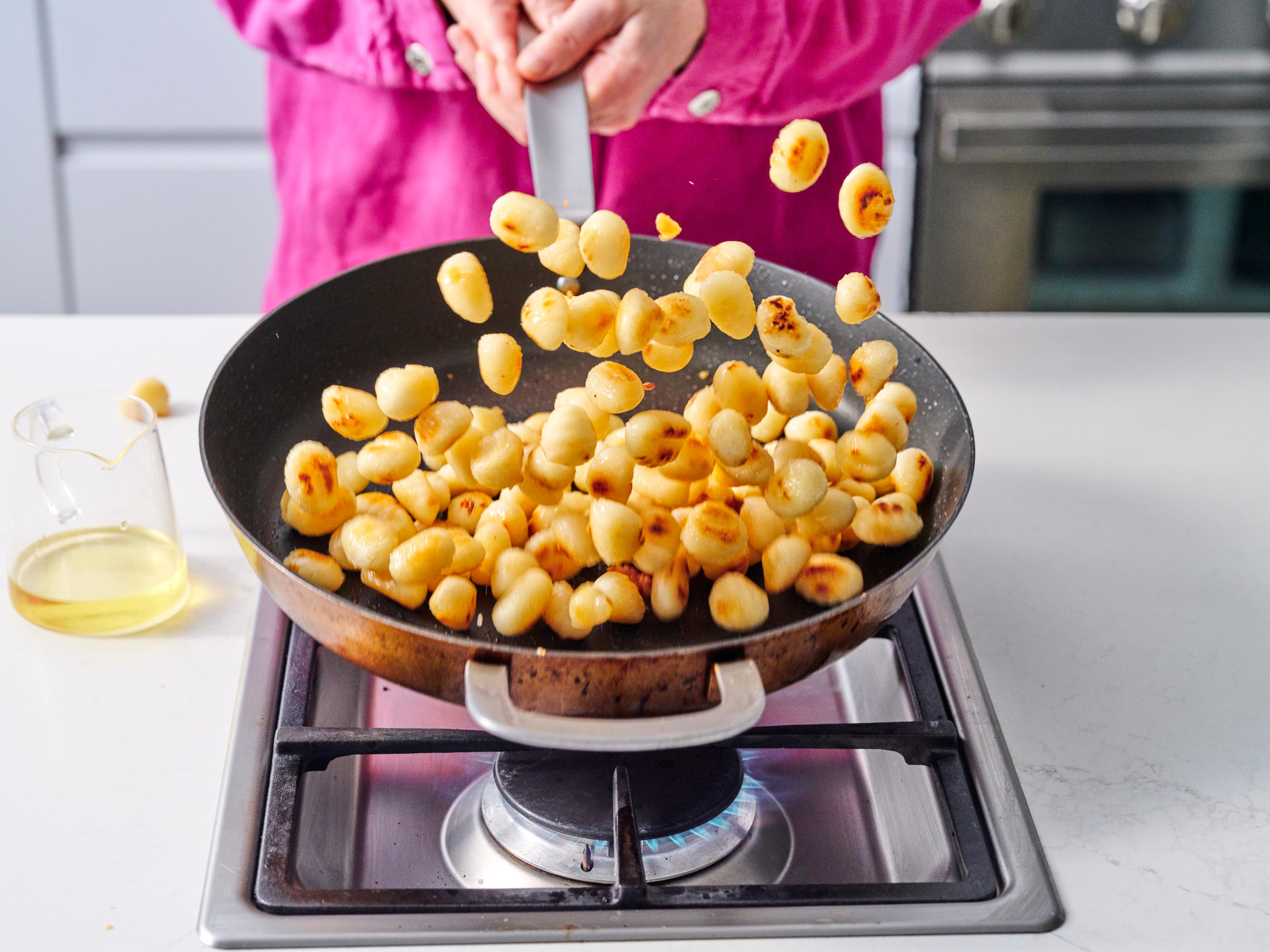
We know all too well that there are dark corners of the pantry we dare not delve into. We know they’re there, collections of jars, tins and spices, quietly deteriorating months, or even years, beyond their expiry dates. Somehow, we manage to studiously avoid them until such a time as we are forced to confront what’s lurking in the depths.
Look, we can’t carry on like this. Not only because a well-stocked and ordered pantry is the key to being a better home cook, but also because being organised is both healthier and more sustainable.
Don’t panic, though. A pantry audit is achievable and will also make you feel like the super-efficient human you are. Set aside an hour or two, then follow these tips to Marie Kondo your pantry and spark joy every time you reach for the peanut butter.

Tip one: Select your container of choice
A good start is to choose vessels for keeping everything nice and tidy. You might go for jars or airtight containers, but whatever you choose, make sure they’re food-grade and uniform to a degree, if aesthetics are important to you. Choose a variety of sizes, smaller for things like seeds and nuts and bigger for cereals and grains. A few tubs to use as snack boxes to store packaged goods, such as crisps, and to pop in your fridge for your QuiteLike orders are a good idea, too.
Tip two: Interrogate your spices
Spices will not live forever. They will lose their flavour and potency over time and this will vary depending on their quality and how they are stored. While some spices, such as whole seeds, may be useable for up to four years, other aromatics, such as dried herbs will only be good for 1–2 years. Some spices can also harbour small creatures, such as moths, so do keep an eye on them. Chuck any that look like they have been colonised or that are beyond their used-by date.
Tip three: Group it together
Keeping ingredients together that make sense is an easy way to help you know what you need to re-stock and will hopefully mean you don’t forget about that bag of coconut sugar you bought last year. Make designated areas in your pantry for baking supplies, tinned goods, condiments, and grains and cereals. This way, you can easily see what’s running low or what you have plenty of, so you don’t end up buying more than you can get through.
Tip four: Know your use-by from you best-before
Used-by and best-before are not the same thing. While best before is more fluid and gives you an idea of how long an ingredient will last before beginning to lose quality, used-by denotes a key date by which you must consume the product. It is illegal to sell anything beyond its used-by date.
Tip five: Be a basket case
For fresh produce that prefers cool, dark dwellings, grab a bunch of baskets to place in your pantry. Make sure you decant plastic-bagged potatoes and store them in breathable baskets, otherwise, the humidity in there is going to result is some furry and weeping veg. Use a separate basket for things such as onions and garlic, as they prefer not to mix.
Tip six: Get lazy, Susan
This is a little pantry-hack that will change your life. Rather than a line of stacked cans and condiments, the end of which you never seem to reach, employ the use of a lazy susan. That way, you can easily rotate to see whether you do actually have a can of coconut milk back there. This also works for the fridge, so long as there is space to swing your susan.



